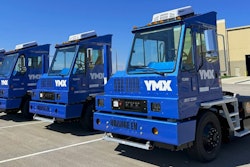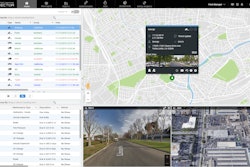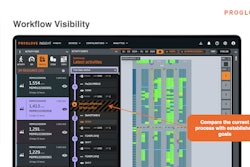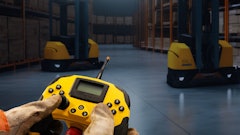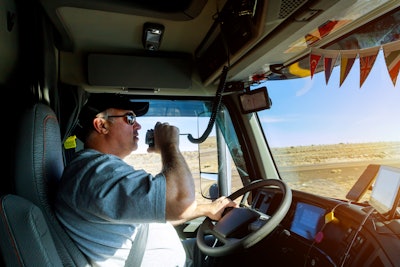
In the world of trucking, safety is not just a priority, but the foundation. A strong safety culture does not happen by chance; it’s the result of intentional decisions and consistent practices that begin long before a driver ever hits the road. Here are some of the ways to build one.
Set high hiring standards
Setting high hiring standards is the foundation for building a strong safety culture. Past behavior is the best predictor for future habits. Taking a holistic look at driving history is essential to selecting people you can trust to be behind the wheel of your equipment. Qualities such as years of experience, miles driven, accident record, inspection history, and former carrier safety scores are just some examples of what you need to consider to get a complete picture of a driver’s commitment to safety.
Hiring the right driver is only the first step. Your safety culture should be on display from the moment they arrive for their first day. Setting a driver up for success begins with clear standards and instructions in onboarding and orientation. Introducing them to all the team members who can help them succeed lays the groundwork. Your driver trainers are the new hire’s first exposure to your safety culture. Take the time to invest in your trainers so they can be ambassadors for your culture.
Establish a robust safety presence
Having a robust presence in the field where drivers work is essential to reinforcing your company’s commitment to safety. It’s often said, “People don’t care how much you know until they know how much you care.” Giving drivers access to safety team members and managers—not just in an office, but in the places where they do their jobs—will demonstrate that you truly care about their safety while on the road and want them to get home to their families every day.
Provide frequent recognition
Even though it is essential work, driving a truck can often feel like a thankless job. When most people are shut down due to natural disasters, pandemics or emergency situations, drivers are still working. In fact, they are often among the first people to bring in supplies to help.
Recognition programs that honor their dedication to operating safely on the road regardless of circumstances can be powerful motivators. They show that you understand that safe driving does not happen by accident or luck. Drivers are making conscious choices to maintain the right speeds and distances between vehicles in addition to avoiding aggressive drivers.
Safety awards can be given based on internal metrics, such as years of safe driving or million-mile milestones, to name a few. There are also national organizations like the National Private Truck Council, where members can nominate exceptional drivers for industry awards like the Driver All-Star Awards and the Driver Hall of Fame.
No matter how you choose to recognize your drivers, make sure you do it publicly and enthusiastically to properly celebrate their achievements.
Offer modernized microlearning
Communicating with drivers can be challenging. They are always on the go and work a variety of shifts. Therefore, one size does not fit all when it comes to training. Learning management systems (LMS) offer solutions that allow drivers to learn at their convenience from anywhere in the world.
Driver training should be targeted and straightforward. This is what microlearning offers. In a world where attention spans are getting shorter, microlearning can inform drivers about a topic before they tune out and lose interest. Neurological studies have shown that people need to review something seven times before they can commit it to long-term memory. Microlearning can reinforce safety topics and best practices over and over throughout the year so drivers can retain knowledge.
Invest in driver well-being
To keep their Commercial Driver’s License (CDL), truck drivers are required to pass a physical examination every one to two years. Driving is a sedentary job with few opportunities for physical activity, so providing programs and support to help drivers maintain a healthy lifestyle can enhance your safety culture.
Sleep apnea and high blood pressure are two of many conditions that can not only affect a driver’s overall health, but also their performance on the road. They can even disqualify a driver from continuing to do their job. Investing in efforts to keep drivers healthy will pay off by keeping your top team members safe behind the wheel.
Implement tools and technologies
Safety tools such as collision mitigation systems (CMS), onboard cameras, and lane departure warning systems are not just designed to prevent accidents. They protect the most valuable asset inside the truck: the driver.
Proper implementation and roll-out of these technologies encourages drivers to trust and use them properly. Taking a coaching approach to behavior modification as opposed to a disciplinary one will help achieve driver buy-in. Once you earn that, you will begin to see driver behavior change for the better, ultimately resulting in a reduction in the frequency and severity of accidents.
Building a safety culture requires daily action, ongoing investment, and a team-wide belief that safety is everyone’s responsibility. When you set high expectations, show up for your drivers, and support them with the training and tools they need, you don’t just reduce risk. You create an environment where drivers feel valued and empowered to do their best work safely.






